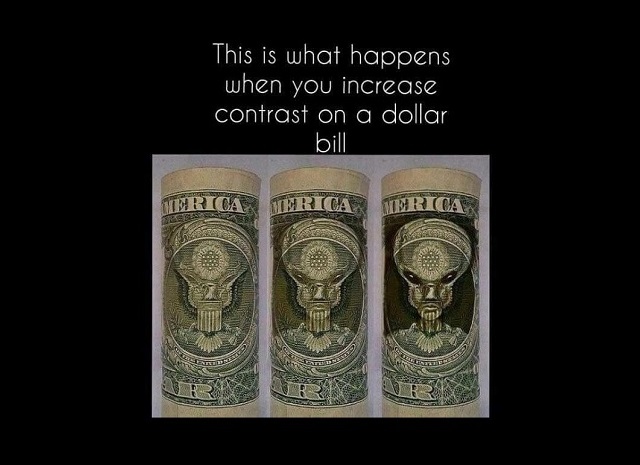
This article by Thomas Nugent at NRO could be the best take on the falling dollar that I’ve heard yet.
A Tale of Two Dollars
Don’t mistake a booming global economy for a weak currency.
Pundits are picking up on the possibility that a number of oil-exporting nations might drop the dollar as the payment mechanism for their oil. The plan would be to shift to a basket of currencies that cushion the loss of income from the global dollar decline. Since January of 1992, when the Broad Trade Weighted Exchange Index value of the dollar hit 130, we have experienced a “fall” in the value of the dollar to about 98. After such a “decline,” wouldn’t everybody be running for the exits? Not so fast.
I have argued in the past that floating exchange rates produce a shift in relative values. So, is the dollar weak? Or are other currencies strong? One way to find out is to determine what is happening to inflation. The old basic measure of price stability has been the price of gold, but this time around the rise in gold cannot be differentiated from the rise in the prices of other commodities, especially metals that are used to facilitate a global economic boom.
A better measure might be inflation itself. As per the consumer price index (CPI), inflation has fluctuated between 2 and 4 percent over the past few years, while core CPI has hovered between 2 and 3 percent over the same period.
Another measure of the strength of a currency is long-term interest rates. There should be a link between rising inflation and rising interest rates, but with the Treasury yield curve displaying only a gentle upward slope, inflation appears well under control.
In other words, we’re not witnessing the Nixon-Ford-Carter inflation that crashed the dollar in the 1970s.
Given these assessments, it is more likely than not that the dollar is not falling. Rather, other currencies are rising. In such an environment, certain benefits flow to, not from, the United States.
For example, the “dollar differential” is benefiting exports and suppressing imports. More people are working because of rising export demands. And countries with booming economies — where standards of living are on the rise as a result of imports that both cost less and help contain inflation — welcome those imports.
Going back a few years, I can track a different story for the dollar. From 1997 through 2002 the dollar rose by 30 percent. This surge paralleled the swing from a significant budget surplus to a significant budget deficit. So one would be hard pressed to claim that budget deficits impact the dollar. The economy also slipped into a mild recession during this period, and yet the dollar continued to strengthen. Interest rates plummeted to record lows, and yet the dollar continued to strengthen. One might question the idea that low interest rates penalize the value of a currency. Even the great attack on our homeland in 2001 failed to deter a rising dollar.
So why was the dollar stronger between 1997 and 2002? There was a growing need for liquidity around the world as capitalism began to take hold. Then, as the world’s wealth accumulators experienced bigger cash inflows due to rising oil prices, a desire to rebalance cash portfolios into a mix of currencies may have had the effect of depressing the dollar. In other words, the dollar wasn’t selling off for economic reasons; other currencies were gaining attractiveness as a store of value.
For years the U.S. held the reserve-currency mantle and foreigners benefited from our spending in their countries. We helped bootstrap Europe and Asia after World War II by following a strong currency policy. The hurdle of communism slowed the process down. But once the Berlin Wall fell it didn’t take too long for capitalism to catch on. So now, finally, the shoe is on the other foot as the U.S. begins to benefit from other strong currencies. The stronger other currencies get, the better off Americans will be through rising exports.
Investors shouldn’t mistake a booming global economy for a weak dollar.


